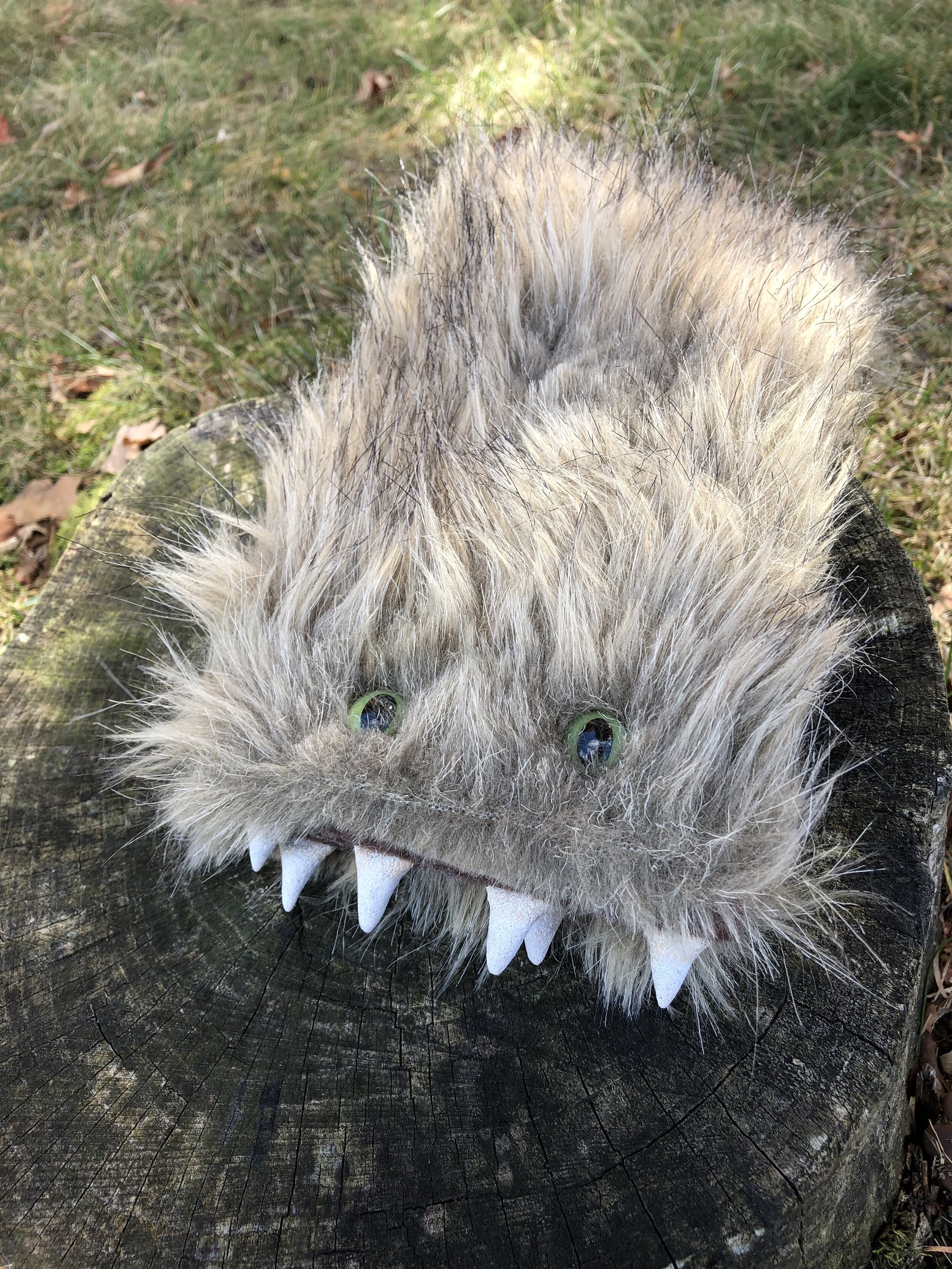Paolumu
Michael MacWolff
Cryptologic Name: Sufflo album
Planar Origin: Terranova
Habitat: Mountainous regions and tundra
Diet: Carnivore; eats mostly deer and other ungulates
Appearance
The paolumu is a large creature somewhat resembling a cross between a sheep, a bat, and a beaver. These creatures have long necks with pink, hairless faces; large, round ears; and a mouth full of sharp teeth. Their wings are batlike in nature, a membrane stretched between the arm and finger bones, and having thick pads at the end of each finger. Their flat, wide tails and bellies are covered in hard scales much like a beaver’s, and their powerful hind legs have four clawed toes, two longer toes oriented forwards and two shorter toes facing back. These creatures have air sacs in their necks which can inflate like balloons, creating a large, round ruff around the creature’s head.
Magical Abilities
Paolumus have a limited amount of magical power, mostly centered around the air sacs in their necks. While normally they fill these sacs with normal air, they have glands in each hollow that can secrete a variety of substances which can either change the nature of the air or have some other effect on it. Two secretions are most widely studied, the first is an alchemical solution which transforms the air in its internal sacs into pure hydrogen. The second known secretion is a powerful sedative that will quickly knock out even larger animals. The paolumu itself is immune to its effects.
Behavior
In its native habtat, the paolumu is a middle predator on the food chain, eating mostly larger ungulates such as wild pigs, deer, and even horses. On Earth, however, they have few natural predators other than the mid-to-large members of the dragon family, though dragon populations are low enough that they don’t often occupy the same territories.
The paolumu’s biggest advantages both offensively and defensively are its broad, armored tail, and the air in its air sacs. Paolumus can release the gas in their air sacs quickly, and as such will often use their sedative gas to knock out both prey and would-be predators. Very few creatures other than the paolumu itself have any natural resistance to the gas.
Besides the sleeping gas, paolumus will use their alchemical solution to allow themselves to float effortlessly high in the air while looking for a meal. When they locate their prey, they will expel the gas quickly from their air sacs, allowing them to dive at their prey. The one downside of this is that the concentration of hydrogen in the air can be quite dangerous until it dissipates completely, being highly flammable and likely to explode if exposed to a heat source.
Field Notes
Given the unique properties of the paolumu’s excretions, both its hydrogen-producing alchemical secretion, as well as its gaseous sedative are highly sought-after products by alchemists and potion masters.


























